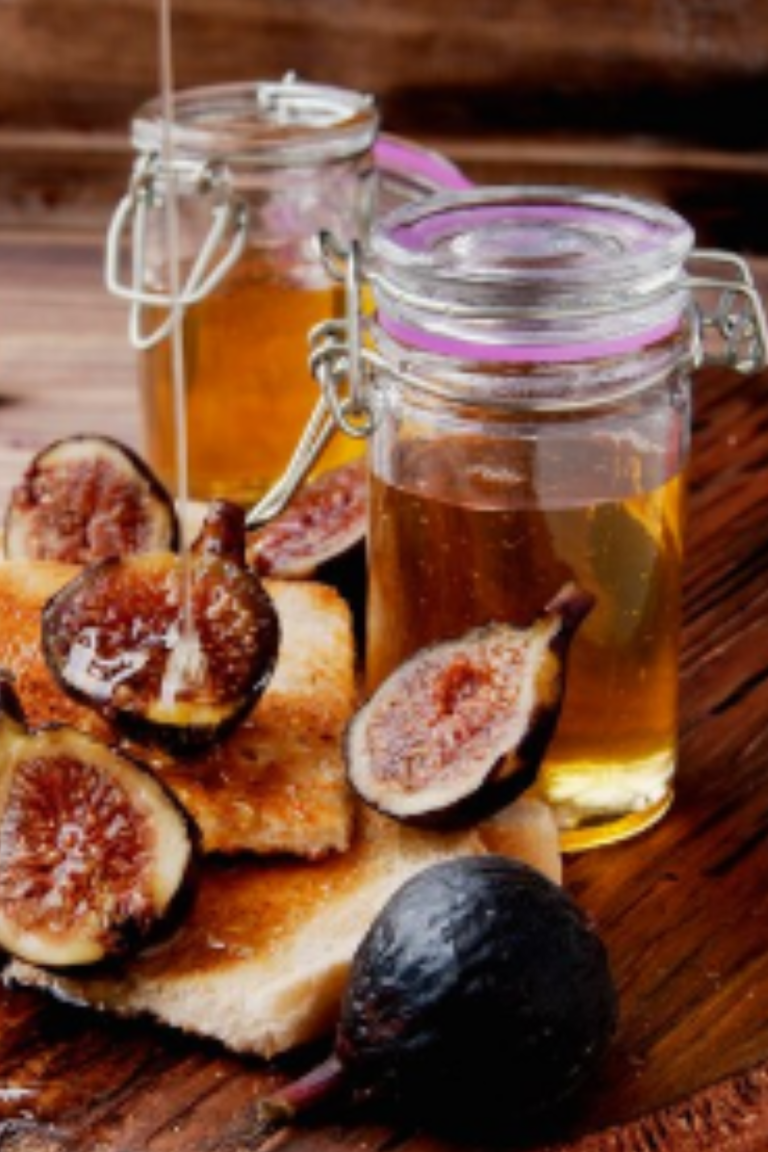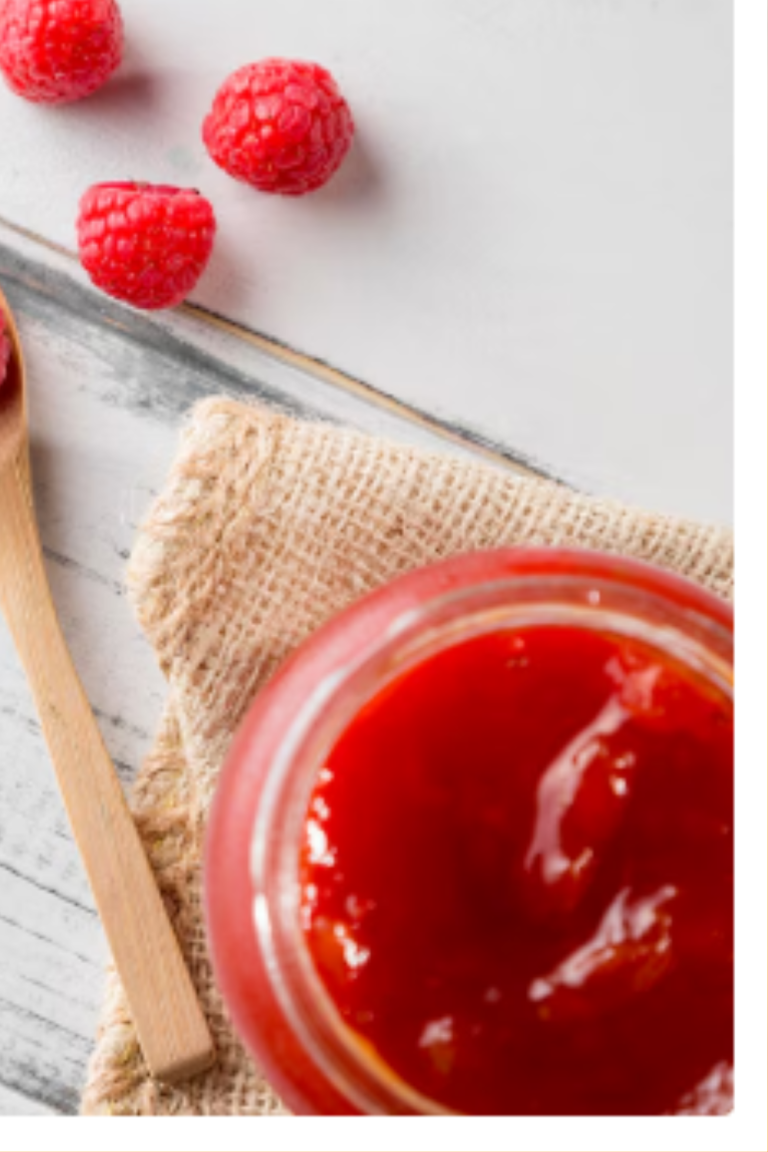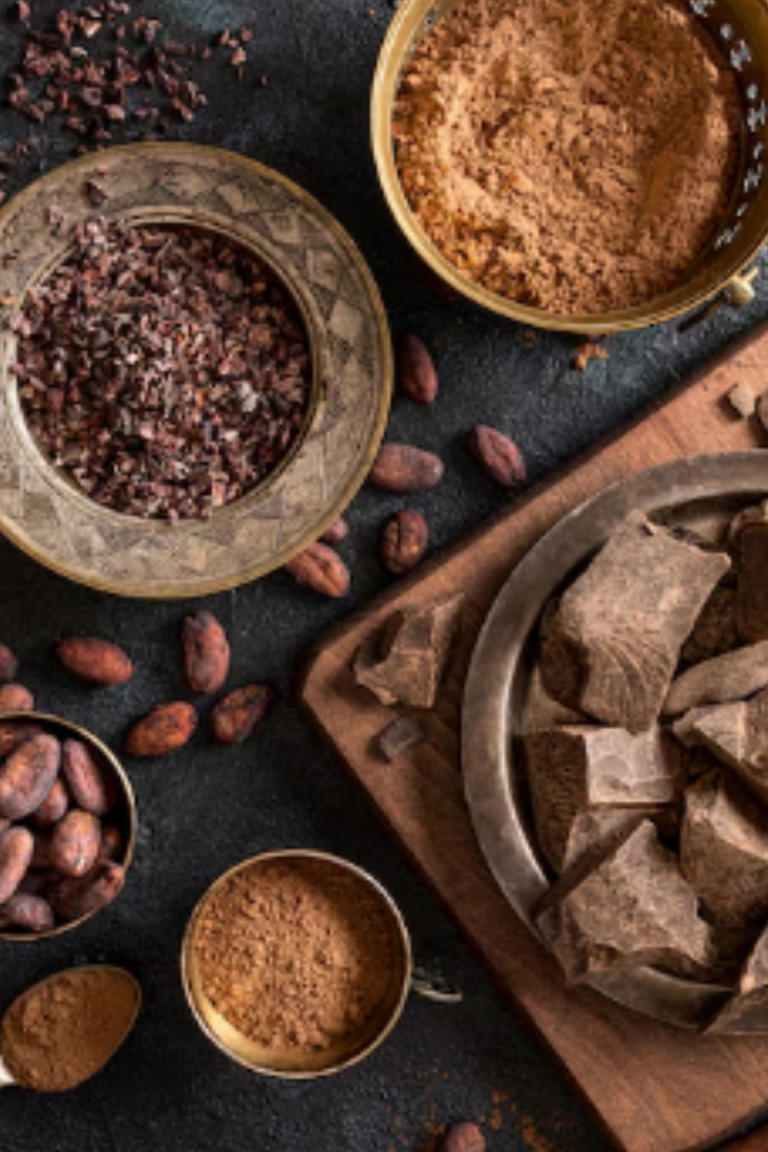CP: Cream Puffer role in cake making Explained
In this blog, I’ll dive into CP – Cream Puffer and its vital role in cake making. From my own experience, I’ve discovered how this ingredient can transform a cake from ordinary to extraordinary, giving it that perfect, light, and fluffy texture. Whether you’re an amateur baker or a seasoned pro, understanding how Cream Puffer works can be a game-changer for your baking endeavors.
What is CP – Cream Puffer?
CP – Cream Puffer is a specialized ingredient often used in cake making to improve the texture and volume of baked goods. It’s essentially a type of leavening agent designed to make your cakes rise beautifully and achieve a soft, airy crumb. But what does it actually do?
Leavening Action: Cream Puffer works by releasing gases when it’s mixed into the batter. These gases create air pockets in the cake, which causes it to expand and rise. This is crucial for achieving that light, fluffy texture you often see in high-quality cakes.
Texture and Stability: Besides just making cakes rise, Cream Puffer helps stabilize the cake’s structure. It ensures that the cake maintains its shape and doesn’t collapse after baking. This is particularly important in recipes that require a delicate balance, such as sponge cakes or layer cakes.== >> Check out the right cake Cream Puffer , tools, and ingredients that you need here <

How Does CP – Cream Puffer Compare to Other Leavening Agents?
You might be wondering how Cream Puffer stacks up against other common leavening agents like baking powder or baking soda. While all these ingredients serve a similar purpose creating lift in baked goods CP – Cream Puffer has unique properties.
Baking Powder and Baking Soda: These are chemical leaveners that react with moisture and heat to produce gases. However, they can sometimes leave a slight aftertaste or affect the cake’s texture if not used correctly.
CP – Cream Puffer: This ingredient is designed to offer a more controlled release of gases, which can lead to a more even rise and better texture. It’s often preferred in professional baking due to its consistency and reliability.== >> Check out the right cake Cream Puffer , tools, and ingredients that you need here <
How to Use CP – Cream Puffer in Your Baking
Using Cream Puffer correctly is key to getting the best results. Here are a few tips based on my experience:
Measurement Matters: Always measure CP – Cream Puffer accurately. Too much can cause the cake to rise too quickly and then collapse, while too little can result in a dense texture.
Mixing: Make sure to mix Cream Puffer thoroughly with your dry ingredients before adding them to the wet ingredients. This ensures an even distribution throughout the batter.
Baking Time: Keep an eye on your cake as it bakes. Since Cream Puffer can cause cakes to rise more rapidly, it’s important to monitor the baking time closely to avoid over-baking or under-baking.== >> Check out the right cake Cream Puffer , tools, and ingredients that you need here <
Where to Find CP – Cream Puffer
You can find CP – Cream Puffer at specialty baking stores or online. It might not be as readily available as common leavening agents, so you might need to do a bit of searching.
Drilling Deeper: Comparing CP – Cream Puffer with Other Leavening Agents
Now that we’ve covered the basics of CP – Cream Puffer, let’s dive deeper into how it compares to other leavening agents commonly used in baking. Understanding these differences can help you choose the right ingredient for your cake recipes, ensuring the best texture and flavor.
CP – Cream Puffer vs. Baking Powder
Composition and Function:
- CP – Cream Puffer: This ingredient is a specialized leavening agent designed to provide a controlled and sustained release of gas. It’s typically used in professional baking to achieve a consistent rise and texture.
- Baking Powder: This is a chemical leavening agent that contains both an acid and a base, usually in the form of cream of tartar and baking soda. It reacts with moisture and heat to release carbon dioxide gas, which helps the cake rise.== >> Check out the right cake Cream Puffer , tools, and ingredients that you need here <
Effectiveness:
- CP – Cream Puffer: Known for its ability to create a light, fluffy texture with a more gradual rise. This can be particularly useful in recipes requiring a delicate crumb.
- Baking Powder: Effective in providing a quick rise. However, it may sometimes cause cakes to rise too rapidly and then collapse if not mixed or measured accurately.
Flavor Impact:
- CP – Cream Puffer: Generally has a neutral flavor impact, making it suitable for delicate cakes where taste is paramount.
- Baking Powder: If used in excess, it can leave a slightly metallic or bitter taste. Using it in the right amounts and ensuring it’s well-balanced with the other ingredients minimizes this issue.== >> Check out the right cake Cream Puffer , tools, and ingredients that you need here <
CP – Cream Puffer vs. Baking Soda
Composition and Function:
- CP – Cream Puffer: Designed for a controlled release of gas, providing a consistent texture and stability.
- Baking Soda: Pure sodium bicarbonate, which requires an acidic ingredient (like lemon juice or buttermilk) to activate. When combined with acid, it produces carbon dioxide gas, which helps the batter rise.
Effectiveness:
- CP – Cream Puffer: Offers a more predictable rise, ideal for cakes that need a uniform texture.
- Baking Soda: Can cause a rapid rise, which might be problematic if not used properly. It’s best suited for recipes with natural acids, such as buttermilk or vinegar, to balance the reaction.== >> Check out the right cake Cream Puffer , tools, and ingredients that you need here <
Flavor Impact:
- CP – Cream Puffer: Minimal impact on flavor, allowing the cake’s intended taste to shine through.
- Baking Soda: If not balanced with enough acid, it can impart a soapy or bitter taste. Proper measurement and recipe balance are essential to avoid this.
CP – Cream Puffer vs. Yeast
Composition and Function:
- CP – Cream Puffer: A chemical leavening agent that works quickly during baking.
- Yeast: A living organism that ferments sugars in the dough, producing carbon dioxide gas gradually. This gas makes the dough rise over time, which is ideal for bread and some cakes.== >> Check out the right cake Cream Puffer , tools, and ingredients that you need here <
Effectiveness:
- CP – Cream Puffer: Works instantly in the oven, making it suitable for quick cakes and batters.
- Yeast: Provides a slower, more complex rise, contributing to the texture and flavor development in baked goods like bread and certain types of cakes.
Flavor Impact:
- CP – Cream Puffer: Neutral flavor impact, allowing for more control over the cake’s taste.
- Yeast: Adds a distinct flavor to baked goods, often described as slightly tangy or yeasty, which can be desirable in bread and some cakes but less so in delicate cakes.== >> Check out the right cake Cream Puffer , tools, and ingredients that you need here <
tips for Choosing the Right Leavening Agent for Your Cake
When deciding which leavening agent to use, consider the following:
- Recipe Type: For quick, light cakes, CP – Cream Puffer is an excellent choice. For recipes requiring a more gradual rise or those involving acids, baking soda might be better. For yeast-leavened cakes or bread, yeast is the go-to.
- Desired Texture: If you’re aiming for a delicate, fluffy texture, CP – Cream Puffer will often deliver the best results. Baking powder is a good all-around choice for many cake recipes, while baking soda is ideal when paired with acidic ingredients.
- Flavor Considerations: For neutral-tasting cakes, CP – Cream Puffer and baking powder are preferable. If you’re looking for a specific flavor profile or don’t mind a slight tang, yeast or baking soda might be more suitable.== >> Check out the right cake Cream Puffer , tools, and ingredients that you need here <
Comparison Table: CP – Cream Puffer vs. Other Leavening Agents
| Leavening Agent | CP – Cream Puffer | Baking Powder | Baking Soda | Yeast |
|---|---|---|---|---|
| Composition | Specialized leavening agent | Acid and base (cream of tartar and baking soda) | Pure sodium bicarbonate | Live organisms (yeast) |
| Function | Controlled gas release, stabilizes texture | Releases gas when mixed with moisture and heat | Requires acid to activate, produces gas | Ferments sugars, produces gas slowly |
| Effectiveness | Provides a consistent, light rise | Quick rise, good for many cakes | Rapid rise, needs balancing with acid | Slow, gradual rise, ideal for bread |
| Flavor Impact | Neutral, minimal impact on flavor | Can impart a slight metallic taste if overused | Can leave a soapy or bitter taste if not balanced | Adds a distinct, slightly tangy flavor |
| Texture | Light, fluffy, consistent crumb | Light, but can be uneven if not mixed well | Can be uneven if not balanced with acid | Chewy, airy texture in bread, can be dense in cakes |
| Usage | Professional and delicate recipes | Commonly used in many cake recipes | Best with acidic ingredients, used in cookies and cakes | Best for bread and certain cakes |
| Measurement | Precise measurement needed | Accurate measurement required | Needs careful measurement and balance | Requires proofing and time for fermentation |
Key Notes and Considerations
CP – Cream Puffer
- Precision Required: Accurate measurement is crucial for the desired rise and texture. Too much or too little can affect the cake’s outcome.
- Specialized Use: Often preferred in professional baking for its consistent results and minimal impact on flavor.
- Availability: May not be as readily available as other leavening agents, requiring a bit of effort to source.
Baking Powder
- Versatility: Commonly used in a variety of cake recipes. It’s a reliable choice for quick rises and is easy to use.
- Flavor Considerations: Can sometimes impart a slight aftertaste if not used correctly. Make sure to use the correct amount as specified in the recipe.
- Double-Acting Powders: Many baking powders are double-acting, meaning they release gas in two stages once when mixed and once when heated.
Baking Soda
- Acid Requirement: Must be paired with an acidic ingredient to activate. It’s essential to balance the amount of acid in the recipe to avoid an unpleasant taste.
- Rapid Action: Provides a quick rise, which can be advantageous for certain recipes but needs precise handling to prevent collapse.
- Flavor Impact: Be mindful of the potential for a soapy or bitter taste if not balanced properly.
Yeast
- Fermentation Time: Requires time to proof and ferment, which can affect the baking schedule. It’s not suitable for recipes that need a quick rise.
- Distinct Flavor: Adds a unique flavor that may not be desirable in all cakes but works well for bread and certain specialty cakes.
- Complexity: Involves additional steps such as proofing and kneading, making it less straightforward than chemical leavening agents.== >> Check out the right cake Cream Puffer , tools, and ingredients that you need here <
FAQs on CP – Cream Puffer and Leavening Agents
Q1: What is CP – Cream Puffer and how is it used in baking?
A1: CP – Cream Puffer is a specialized leavening agent used to provide a controlled and consistent rise in baked goods, particularly cakes. It works by releasing gases that create air pockets in the batter, resulting in a light and fluffy texture. It’s often used in professional baking due to its reliability and minimal impact on flavor.
Q2: How does CP – Cream Puffer differ from baking powder?
A2: CP – Cream Puffer is designed for a gradual and controlled gas release, leading to a more even rise and texture in cakes. Baking powder, on the other hand, contains both an acid and a base and reacts quickly when exposed to moisture and heat. This can result in a rapid rise, which might sometimes be uneven if not used properly.
Q3: Can I substitute CP – Cream Puffer with baking powder or baking soda?
A3: Substituting CP – Cream Puffer with baking powder or baking soda might alter the texture and rise of your cake. Baking powder is a common alternative and can be used in many recipes, but it may not provide the same controlled rise. Baking soda requires an acidic ingredient to activate, which can affect the flavor and texture if not balanced correctly.
Q4: How should I measure CP – Cream Puffer for best results?
A4: Precision in measurement is crucial when using CP – Cream Puffer. Always use a digital scale or measuring spoons to ensure accuracy. Too much or too little can impact the cake’s rise and texture. Follow the recipe’s guidelines closely to achieve the best results.
Q5: Is CP – Cream Puffer available in all grocery stores?
A5: CP – Cream Puffer may not be as widely available as baking powder or baking soda. It is often found in specialty baking stores or online. If you cannot find it locally, online retailers or professional baking supply stores are good alternatives.
Q6: How does yeast compare to CP – Cream Puffer for baking cakes?
A6: Yeast provides a slow, natural rise and adds a distinct flavor, making it ideal for bread and some specialty cakes. CP – Cream Puffer, however, offers a quick and controlled rise with minimal flavor impact, making it suitable for delicate cakes that require a light, fluffy texture.
Q7: Can CP – Cream Puffer affect the flavor of my cake?
A7: CP – Cream Puffer generally has a neutral impact on flavor, allowing the cake’s intended taste to come through. It’s designed to enhance texture without affecting the cake’s flavor profile significantly.== >> Check out the right cake Cream Puffer , tools, and ingredients that you need here <
Final Words
Understanding the role and characteristics of CP – Cream Puffer and other leavening agents can significantly impact your baking results. Each leavening agent whether it’s CP – Cream Puffer, baking powder, baking soda, or yeast brings its unique properties to the table, influencing the rise, texture, and flavor of your baked goods.
By choosing the right leavening agent and using it correctly, you can elevate your baking to new heights. Whether you’re aiming for a delicate, fluffy cake or a hearty bread, knowing how these ingredients work and interact with your recipes will help you achieve perfect results every time.
Experiment with different leavening agents to discover what works best for your baking style and recipes. Happy baking.

Hi!
I’m Mike, the creator of Forum Foodies. In my own personal experience, understanding ingredients is key to great cooking.
Forum Foodies offers guides on various ingredients, from staples to exotic finds. Join our community, share your experiences, and learn from fellow food lovers.
Have questions or suggestions? Email me at info@forumfoodies.com. Let’s embark on this delicious adventure together.
Happy cooking.
Mike/
Related Posts
- IC: Ice Cream Scooper role in cake making Explained
In this topic, I’m going to talk about the Ice Cream Scooper and its vital…
- AIR: Airing role in cake making Explained
In this topic, I’m going to talk about the concept of "air" and "airing" in…
- CRM: Creaming role in cake making Explained
In this topic, I'm going to talk about the creaming method and its role in…
- WHP: Whipping role in cake making Explained
In this topic, I'm going to talk about WHP - Whipping. From my own personal…
- PC: Pastry Clamp role in cake making Explained
In this topic, I'm going to talk about the pastry clamp and its role in…
- PL: Pie Lifter role in cake making Explained
In this topic, I'm going to talk about something that truly transforms baking: the pie…
- JD: Jam Dispenser role in cake making Explained
In this topic, I'm going to talk about the JD, or Jam Dispenser, and its…
- ICG: Icing role in cake making Explained
When it comes to cake making, icing is truly the cherry on top. In this…
- MS: Melon Slicer role in cake making Explained
In this topic, I'm going to talk about the MS - Melon Slicer and its…
- INF: Infusing role in cake making Explained
In this topic, I'm going to talk about the magical process of infusing flavors into…
- SP: Soup Pot role in cake making Explained
When you think of cake making, a soup pot might not be the first tool…
- IC: Icing Clamp role in cake making Explained
If you've ever dabbled in cake making, you know how crucial it is to get…
- BLT: Blotting role in cake making Explained
When it comes to baking, especially when crafting the perfect cake, every little detail matters.…
- SR: Saucepan Rest role in cake making Explained
In this topic, I'm going to talk about the importance of a saucepan rest in…
- MC: Mixer Cover role in cake making Explained
In this topic, I'm going to talk about something that might seem small but plays…




